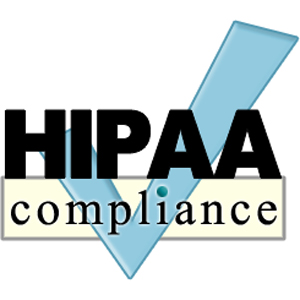 Title II of the Genetic Information Nondiscrimination Act of 2008 (GINA), which prohibits genetic information discrimination in employment, took effect on November 21, 2009.
Title II of the Genetic Information Nondiscrimination Act of 2008 (GINA), which prohibits genetic information discrimination in employment, took effect on November 21, 2009.
Under Title II of GINA, it is illegal to discriminate against employees or applicants because of genetic information. Title II of GINA prohibits the use of genetic information in making employment decisions, restricts employers and other entities covered by Title II (employment agencies, labor organizations and joint labor-management training and apprenticeship programs – referred to as “covered entities”) from requesting, requiring or purchasing genetic information, and strictly limits the disclosure of genetic information.
The EEOC enforces Title II of GINA (dealing with genetic discrimination in employment). The Departments of Labor, Health and Human Services and the Treasury have responsibility for issuing regulations for Title I of GINA, which addresses the use of genetic information in health insurance.


